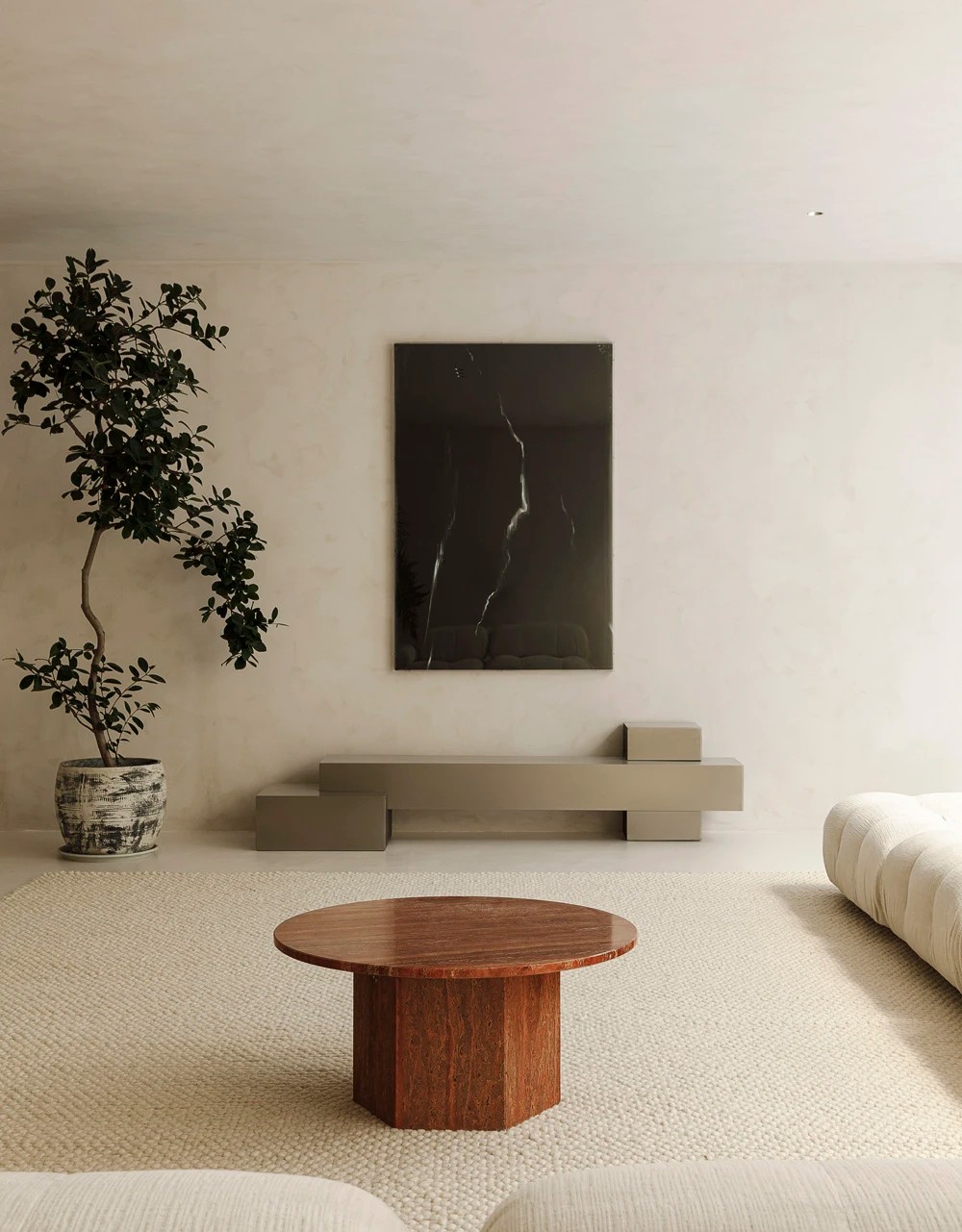LENS 021 Housing Urban Platform
2013-05-31 01:00
架构师提供的文本描述。该项目建造地点位于布鲁塞尔市中心,其特点是被高度和深度相差很大的建筑物标定和包围。该项目通过寻求锚定和调整原则来解决这一情况,以保证理想的实体混合。
Text description provided by the architects. Located in Brussels city centre, the site where the project is built has the special feature of being demarcated and surrounded by buildings with widely differing heights and depths. The project addresses this situation by seeking anchorage and alignment principles to guarantee an ideal blend of entities.
在街道上,墙面就像一张被切割的纸,褶皱构成了与相邻建筑物的连接。这个25米长的立面有一个统一的砖块表面。相对于情节的大小,立面的大小被折叠式缩小,以提供一个不同的多面读数捕捉光线,并创造一个垂直节奏适合于布鲁塞尔的城市环境。
On the street, the façade is worked upon like a sheet of paper that is cut, with the folds structuring the connections with the adjacent buildings. This 25m long facade has a uniform brick surface. The size of the facade relative to the size of the plot is reduced by the folds, to provide a multiple facet reading capturing the light differently, and creating a vertical rhythm appropriate in the urban setting in Brussels.
在建筑物的后部,该项目选择用楼梯设计将相邻的两座建筑物对角线连接起来。这样做的多重好处包括:将视线交叉朝向庭院,同时限制与路易丝大道办公大楼面对面。它使照明插座能够向南定位,避免由于开发只能称为第三立面的建筑而形成一堵盲墙,从而与现有建筑物形成一个自然的渐进式锚地。
For the back of the building, the project opts for linking the two adjoining buildings diagonally, using a staircase design. The multiple benefits of this include: orienting the view cross-sectionally towards the courtyard while restricting the face to face with the office building in avenue Louise. It enables to orientate the lighting outlet southwards, to avoid the creation of a blind party wall as a result of developing what can only be called a third façade creating a natural progressive anchorage with the existing buildings.
 举报
举报
别默默的看了,快登录帮我评论一下吧!:)
注册
登录
更多评论
相关文章
-

描边风设计中,最容易犯的8种问题分析
2018年走过了四分之一,LOGO设计趋势也清晰了LOGO设计
-

描边风设计中,最容易犯的8种问题分析
2018年走过了四分之一,LOGO设计趋势也清晰了LOGO设计
-

描边风设计中,最容易犯的8种问题分析
2018年走过了四分之一,LOGO设计趋势也清晰了LOGO设计






.jpg)



































